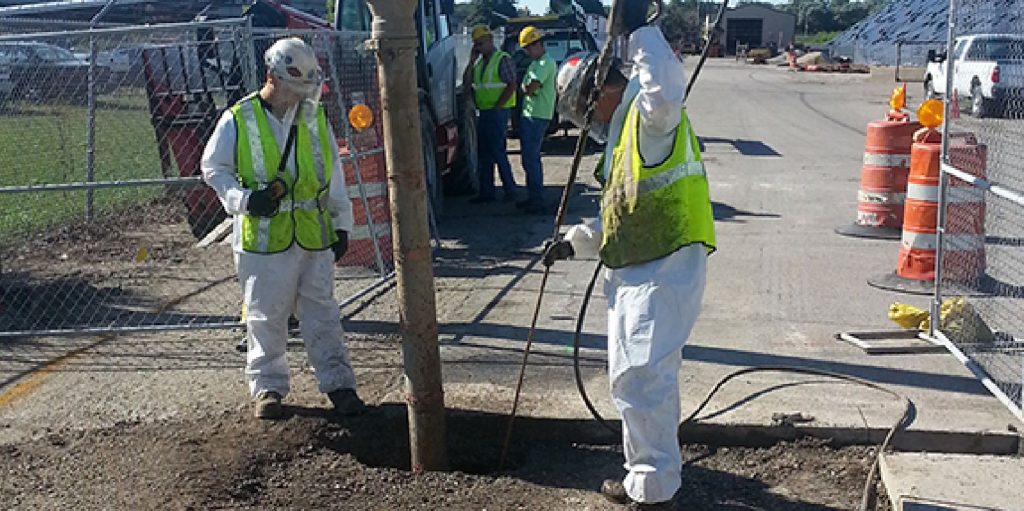Hydro-excavation, a method that combines high-pressure water and a powerful vacuum system to dig and remove soil, has become increasingly popular in various industries due to its precision and safety benefits. However, like any excavation method, hydro-excavation is not without its challenges. One common challenge is adverse weather conditions. Inclement weather, such as heavy rain or freezing temperatures, can impact the effectiveness of hydro-excavation. In rainy conditions, water saturation may make the soil sludgy and challenging to excavate, while freezing temperatures can lead to the water used in the process turning into ice, complicating both the excavation and water removal processes. To overcome this challenge, scheduling excavations during favorable weather conditions and using additives in the water to prevent freezing can be effective strategies. Another significant challenge is the presence of hard or compacted soils. Hydro-excavation relies on the ability of water to break up the soil, but when faced with hard or compacted surfaces, the process may become time-consuming and less efficient. To address this issue, contractors can pre-soak the area with water or use specialized nozzles that provide higher pressure to break up compacted soils effectively. Additionally, combining hydro-excavation with traditional excavation methods in such situations can provide a solution.

Utility conflicts pose yet another challenge in hydro-excavation projects. Underground utilities, such as gas lines, electrical cables, or water pipes, can be difficult to detect accurately, leading to the risk of unintentional damage during excavation. Advanced utility locating technologies, such as ground-penetrating radar GPR or electromagnetic locators, can help mitigate this challenge by providing more precise information about the location and depth of utilities before excavation begins. Proper training of operators and collaboration with utility companies to obtain accurate utility maps are also essential steps in avoiding conflicts. In urban environments, limited access to excavation sites can be a significant hurdle. Tight spaces, congested streets, and the presence of structures or other obstacles can impede the deployment of hydro excavation service Green Bay equipment. To navigate these challenges, compact and versatile hydro-excavation units are available, allowing contractors to access confined spaces more easily. Coordination with local authorities and traffic management plans can help minimize disruptions and ensure the safe operation of hydro-excavation equipment in urban settings.
Environmental considerations, such as the proper disposal of excavated material and wastewater, present another set of challenges. Adhering to environmental regulations and implementing responsible disposal practices are crucial. Contractors can partner with waste disposal facilities and treatment plants to ensure compliance and minimize the environmental impact of hydro-excavation projects. In conclusion, while hydro-excavation offers numerous advantages, overcoming its common challenges requires a combination of advanced technology, strategic planning, and adherence to best practices. By addressing issues related to weather conditions, soil types, utility conflicts, limited access, and environmental concerns, contractors can enhance the efficiency and safety of hydro-excavation projects, making it a reliable and preferred method for excavation in various industries.